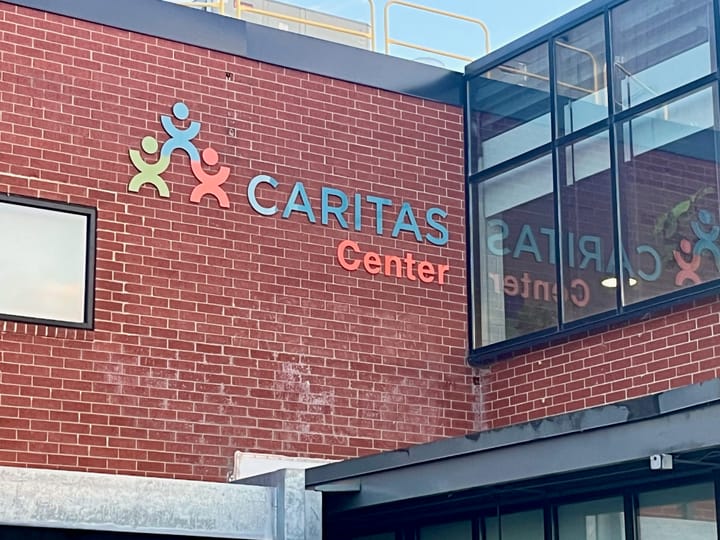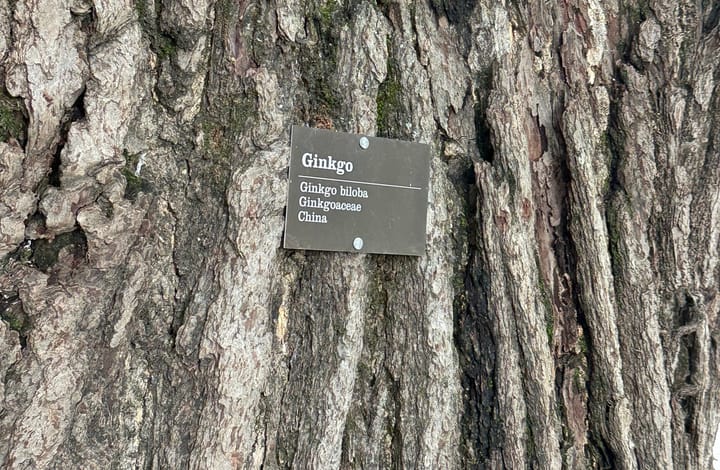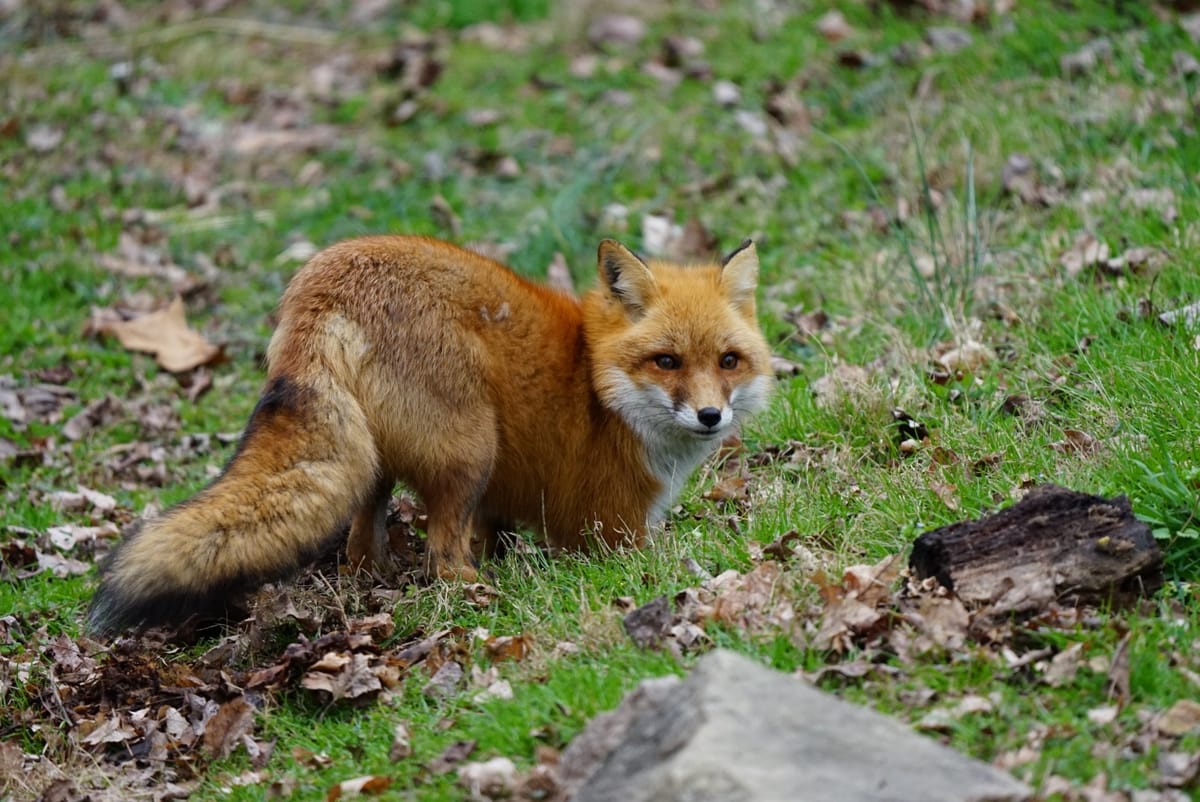
Maymont is using an $8 million COVID-era grant to enhance its facilities
Earlier this year, Maymont broke ground on “major enhancements” to its grounds and mansion, but the seeds for what will blossom in a year or so were planted back in the COVID era.
In January 2022, Maymont applied for a grant from the Commerce Department funded through the American Rescue Plan’s “Travel, Tourism and Outdoor Recreation Program.” In June of that same year, the park’s management and staff found out $8M would be headed their way to fund upgrades and improvements to the mansion and the Virginia Wildlife Trail.
Maymont President and CEO Parke Richeson said the timing was perfect because they were just completing the over-$27M “Spirit of Generosity” Campaign. And while that effort funded numerous upgrades throughout the property, “we had some projects we’d done master planning for and were shovel ready” that they couldn’t fund. “It was a great opportunity to build on the Spirit of Generosity with projects that all are focused on education and guest engagement.”
Richeson still remembers the day they found out Maymont was awarded the grant. “It was just this… amazing celebration of this small organization in Richmond, Virginia that was able to bring this money to the community.”
Technically, the grant was for $10M, of which the Covid-inspired American Rescue Plan would fund 80%. Maymont had to come up with another $2M. They’ve done that and added another $1.75M through private fundraising.
What will $11.75M buy the Maymont Foundation and the people of Richmond? Brand-new habitats for two new species – coyote and porcupine – on the Virginia Wildlife Trail; reconfiguring pathways on the trail to connect more fluidly and accommodate more guests; expanding visibility and education areas for the bear and bobcat habitats; restoring the mansion’s over-60-year-old roof to the original red slate; installing museum-grade climate control and fire detection systems in the mansion.
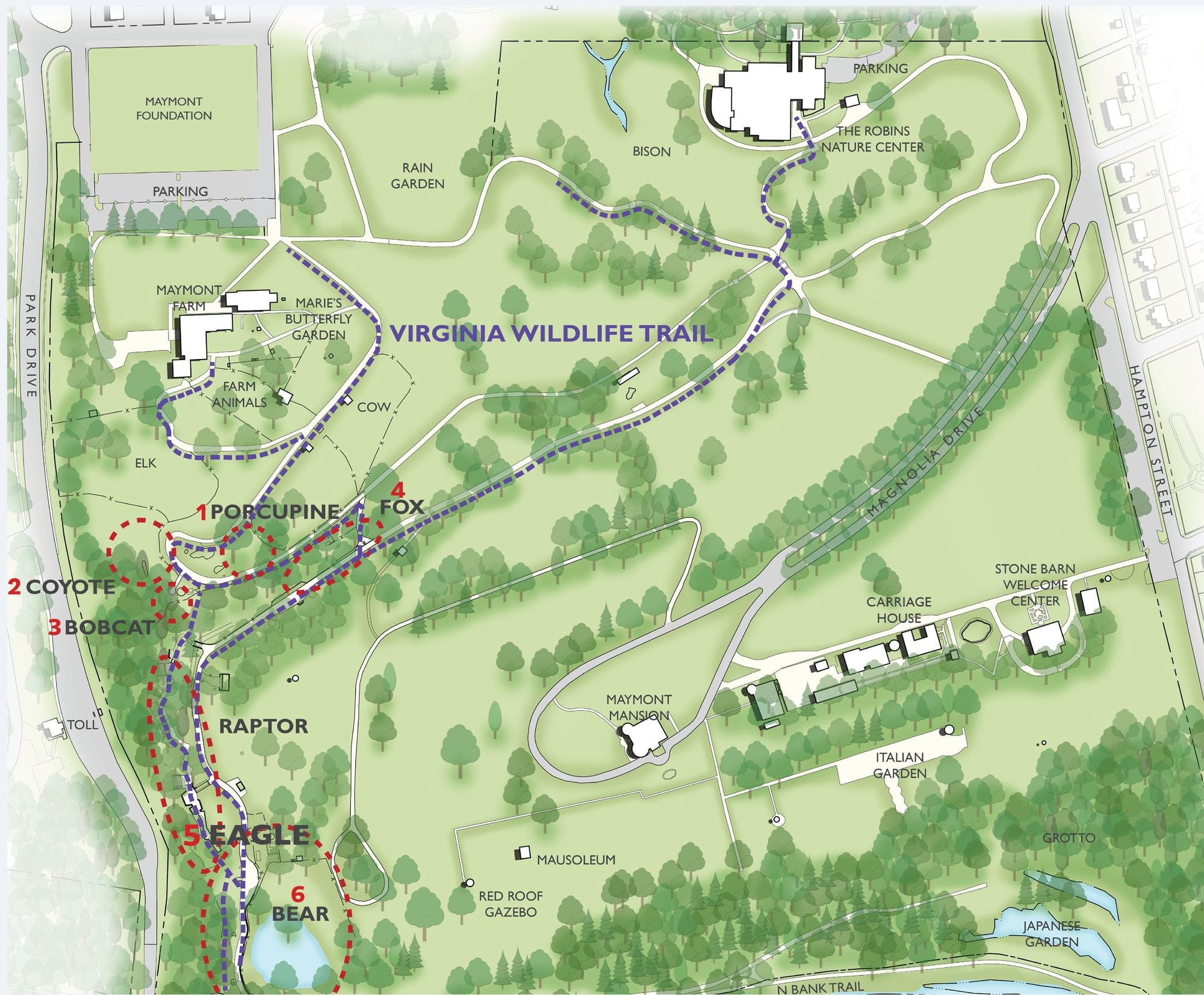
Kathy Garrett-Cox is the Curator and Director of Historic Resources at Maymont. She’s in charge of the mansion side of the projects, which, she said, will cost $4-5M of the $11.75M total. But before they could start on any big-ticket projects, they “had to empty the mansion.” That meant Kathy and her team inventorying, packing and storing 5,623 objects from the 33 rooms.
That work took 11 weeks, finishing this past December. Contractors have begun removing the gray “Buckingham” slate roof shingles before they go back with the red slate to match the original roof from 1893. Then the HVAC work will begin, followed by the fire-detection system and some structural support on one roof line.
“I always say that if we do our job right, no one is going to see these projects,” Garrett-Cox explained. “The average visitor probably won’t notice a lot of the changes… but some of the objects will be moved and we are rethinking in terms of tour pathways.”
Garrett-Cox is hopeful that the mansion will reopen to visitors — 40,000 people took tours in 2022, the last full year it was open — by this fall.
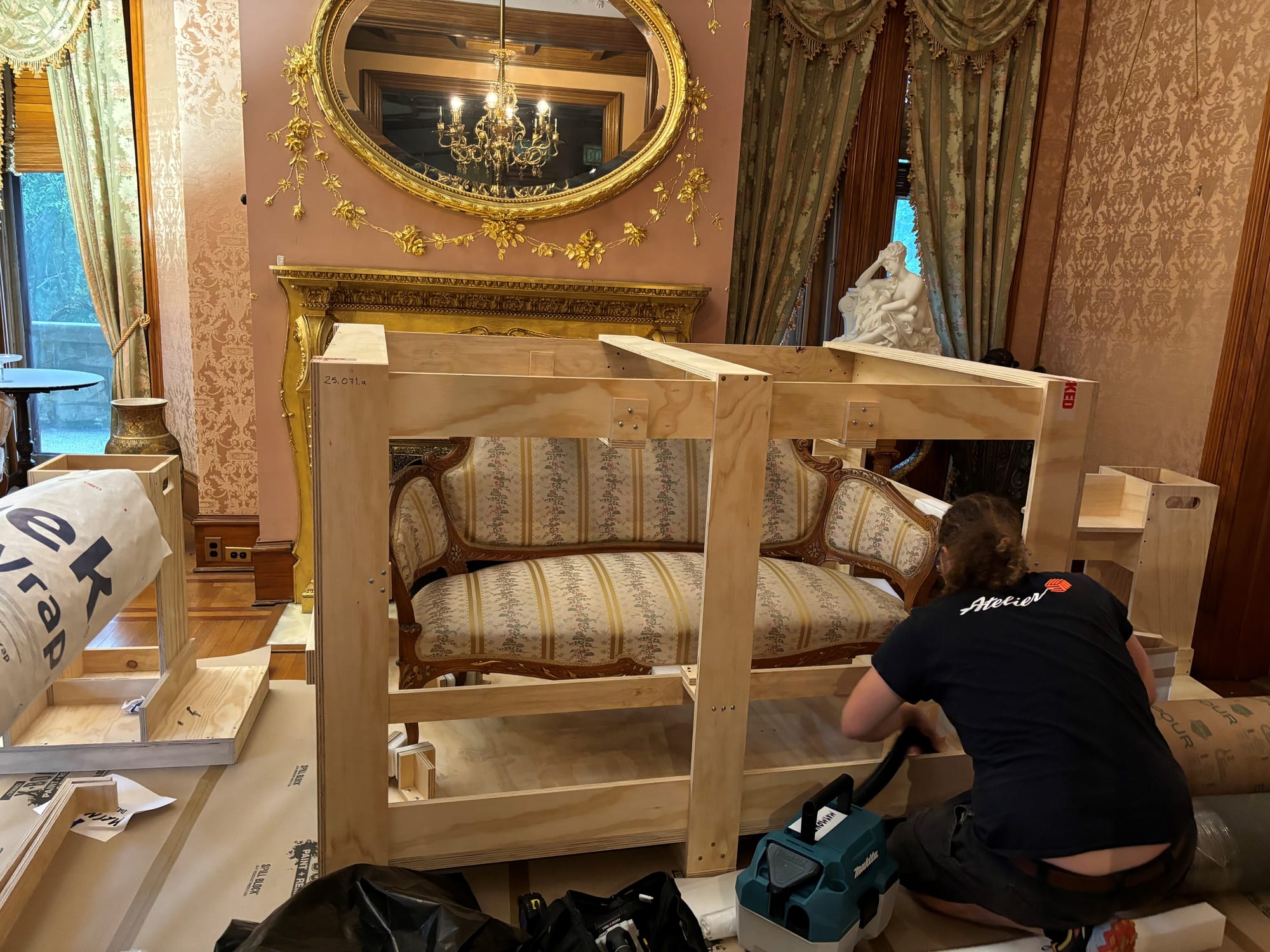
The construction timeline for the Virginia Wildlife Trail – all the way from the south end of the farm, across the bridge to the raptor valley and through the blacks bears – is slightly longer, according to Krista Weatherford, Maymont’s Director of Programming and Community Engagement. That work is also underway and will conclude in “early 2026.”
Maybe the most exciting result of that work will be the addition of coyote and porcupine habitats to the trail. Porcupines are native to Virginia, but the small mammals were extirpated from the state somewhere in the mid 1800s, according to the Virginia Museum of Natural History. Coyotes are not native but are now found in every county in Virginia.
“As of now, we have native species that are shown in habitats along that trail, from elk, bobcat, fox, all the way to the raptors and the bears,” Weatherford said. So, we’re “able to talk about [animals] that are presently here or ones that are past. That’s why we’ve included the coyote, because they are here presently.”
Richeson said that when they looked at how they interpret Virginia wildlife, they asked, “What’s missing? What are the stories that species tell that are not being told with our current animal population? With the coyote, it’s an opportunity to talk about how keystone predator species have been overhunted and disappeared from habitat loss – the wolves – that has allowed coyotes to come into Virginia.
“What we would like to be is the PR agency for the species, so that folks understand about why they’re here and what they do here.”
Other additions include new signage that will offer a “more cohesive feel,” according to Richeson, as well as enhanced viewing “opportunities for engagement with the animals.
"They will all have an outdoor feature, for instance, so that the fox could be sitting on his back porch, so even though he’s in his private space the guests might be able to see a tail or an ear.”
Of course, growing usually involves pain. If you’re a Maymont-goer who wanted to take your kids to see the black bears this week or this summer, you’ll have to wait a while. Same for a tour of the Gilded Age gem that is the Dooley mansion. But the farm, the nature center and the rest of the grounds remain open, and when the work is done, Richeson said she’s confident Maymont will emerge even more enticing for Richmonders and tourists alike.
Maymont “was given to the people of Richmond… for the benefit and pleasure of the people. It’s not meant to be static. It’s not meant to be under glass, so to speak. It’s meant to be dynamic. It’s meant to serve the community. The community is dynamic. What do they need Maymont to be?”




